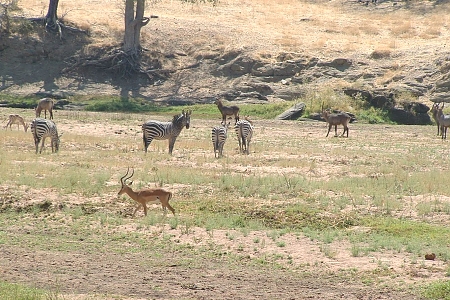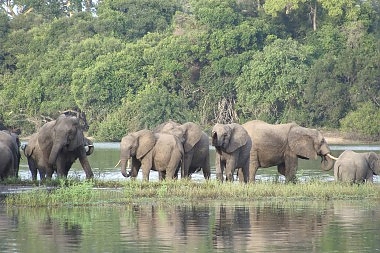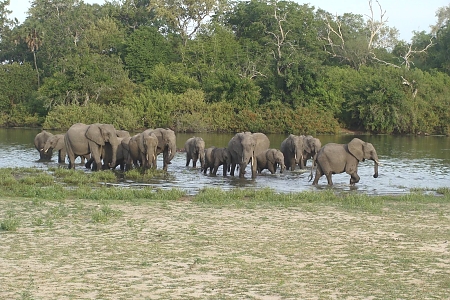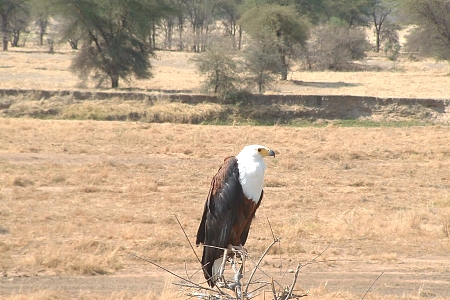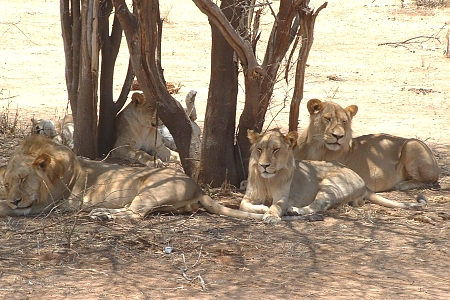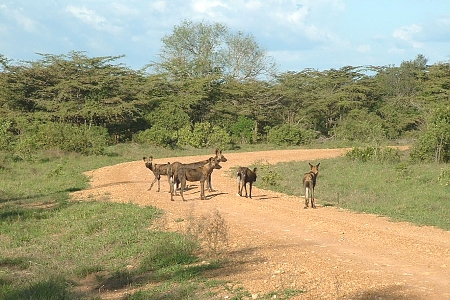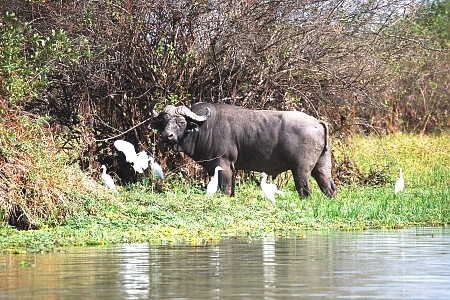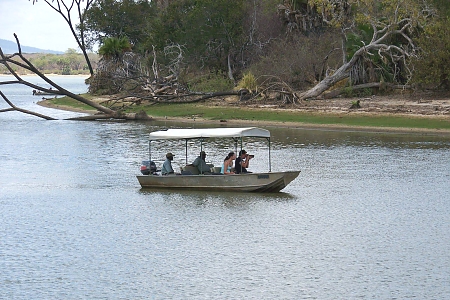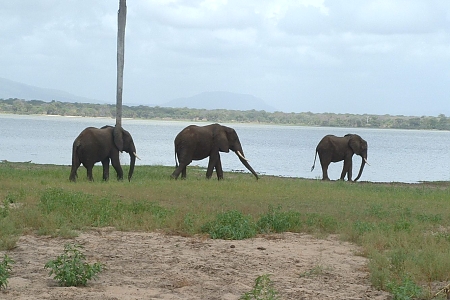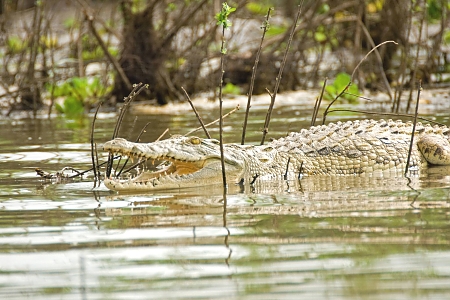Nyerere National Park, formerly known as the Selous Game Reserve, is a hidden gem covering over 50,000 square kilometers, making it the largest game reserve in Africa. Unlike the more famous northern parks of Tanzania, Nyerere National Park offers a more subtle, yet equally captivating, safari experience. The park is named after Frederick Courtney Selous, a renowned hunter and soldier, and was designated a World Heritage Site in 1982.
Wildlife and Natural Beauty
Nyerere National Park boasts an impressive array of wildlife, including over 51,200 elephants, 109,000 buffalos, and large herds of other animals found in Africa. The park is also home to some wild dogs, adding to its allure. The winding Rufiji River and the stunning sunset over the Beho Beho mountains create a picturesque backdrop for wildlife viewing and safari adventures.
Unique Environment and Climate
Unlike most major safari parks in Tanzania, Nyerere National Park is located at a low altitude, resulting in a tropical climate that is hot and humid year-round. The park's diverse environments include miombo woodland, open grassland, rocky hills, palm woodland, seasonally flooded sand rivers, swamps, lakes, and riverine forests. This diversity of habitats contributes to the park's rich biodiversity, with over 789,000 major mammals, representing 40% of Tanzania's total and 9% of the world's elephant population.
Walking Safaris and Ecological Importance
One of the highlights of Nyerere National Park is the opportunity for walking safaris. The park's status as a game reserve, rather than a national park, allows for this unique experience. Walking safaris offer a different perspective, allowing visitors to appreciate the flora and fauna in greater detail. While encounters with large game may be less frequent on foot, the experience of being in the bush on foot is truly unforgettable.
Best Time to Visit
Nyerere National Park is at its best during the 'green season' from December to June. During this time, the park is lush and vibrant, with new leaves, flowers, and abundant wildlife. However, the park is a year-round destination, and there is no bad time to visit. Each season offers its own unique experiences and wildlife sightings.
Plan Your Visit
Experience the magic of Nyerere National Park with Wonders of Creation Tours and Safaris. Whether you're seeking a thrilling wildlife safari, a peaceful boat ride along the Rufiji River, or a chance to explore the park on foot, Nyerere National Park offers something for every nature enthusiast. Book your safari adventure and discover the wonders of this hidden gem in Africa.


